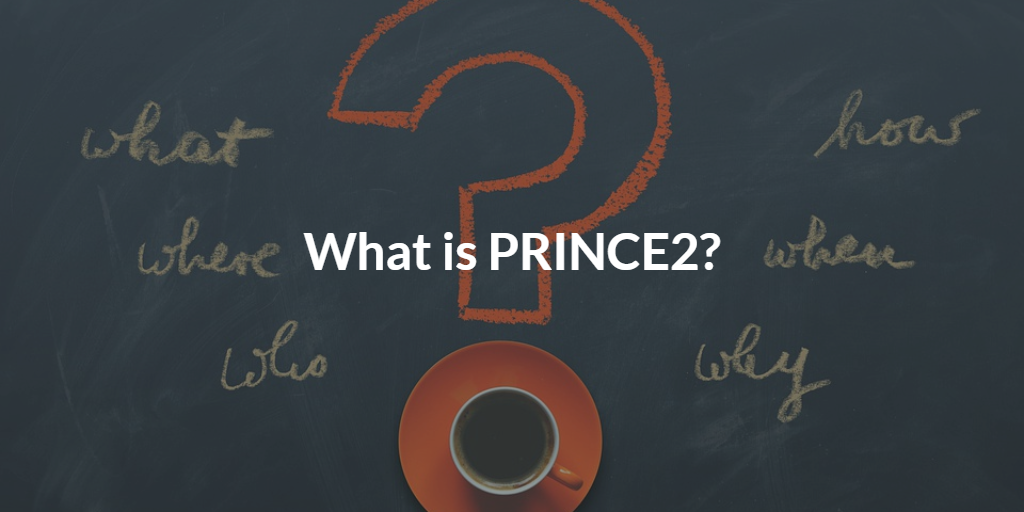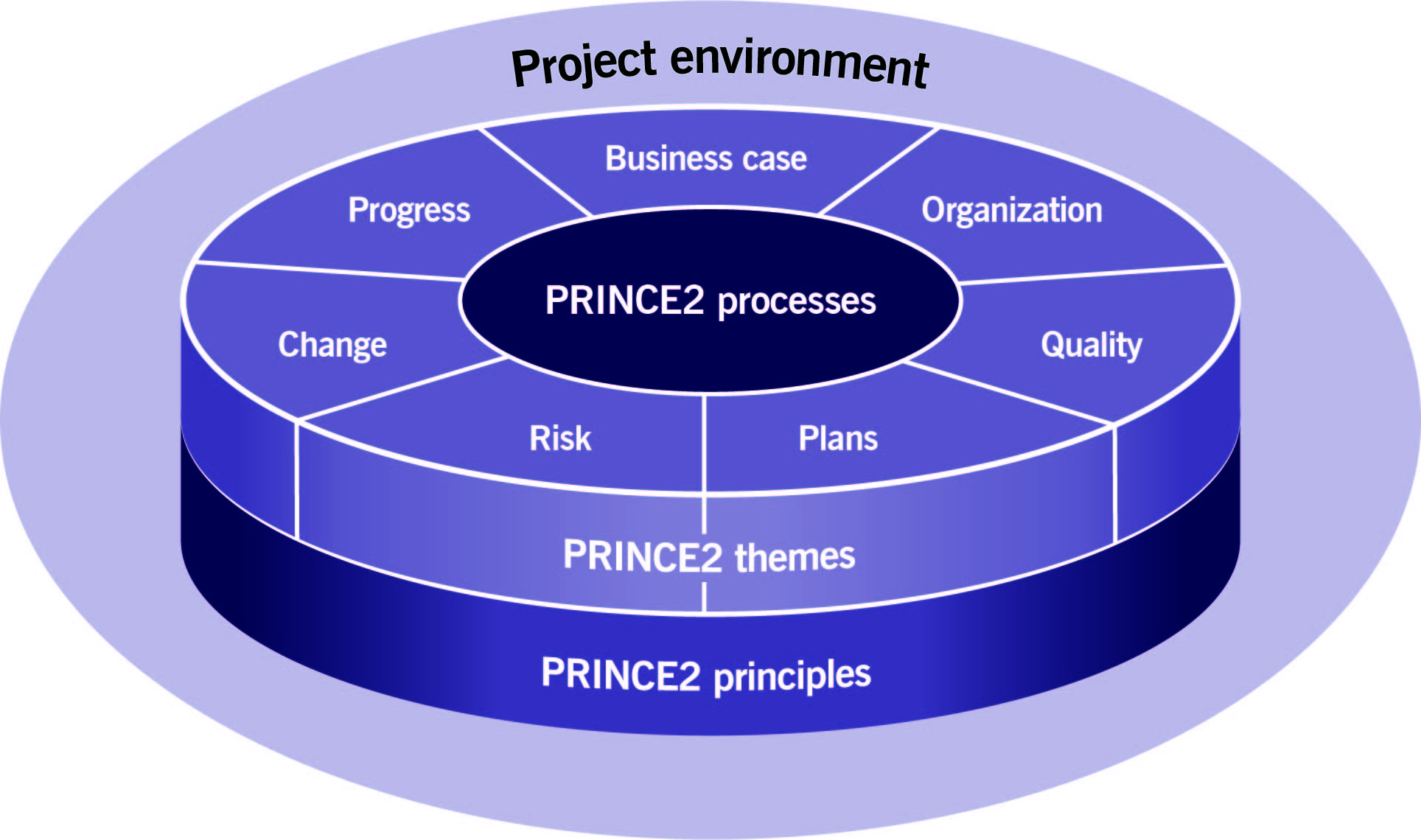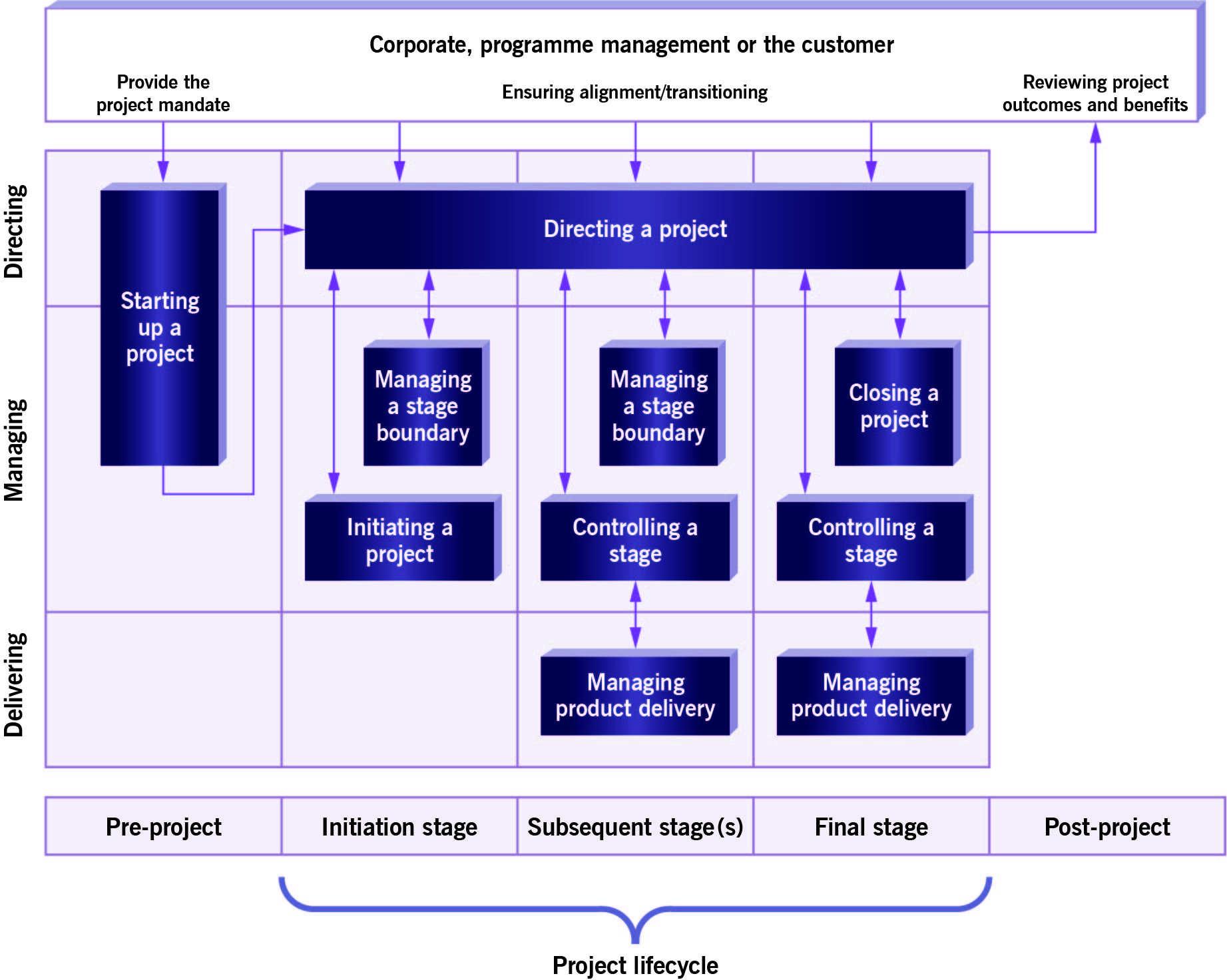What is PRINCE2?

PRINCE2®, an acronym for PRojects IN Controlled Environments, is a project management methodology.
Published in 1996, it’s now used in over 150 countries in both the public and private sectors, establishing itself as the world’s most practised project management method.
The owner of the method is Axelos, a joint venture company co-owned by the UK Government’s Cabinet Office and Capita plc.
PRINCE2 can guide professionals and organizations through the essentials for managing successful projects, regardless of type or scale. It provides a framework that focuses on organization and control throughout the entire project: PRINCE2 divides projects into manageable stages to encourage efficient control of resources and regular progress monitoring.
PRINCE2 is “product-based”, meaning the project plans are focused on delivering results, and not simply planning when activities will be undertaken; processes cover all the activities that compose a project, from start to finish. Every project starts with a project plan, each stage of the project is clearly structured. It provides a common language across a project and provides breakpoints within a contractual framework.
What are the benefits of using PRINCE2
PRINCE2 is a generic best practice method which is flexible enough to be tailored to the specific needs of different organizations for all projects, including Agile delivery. The main benefits of the method are:
- an organised and controlled start, making sure there is a valid reason for the project and that all people and resources have been organized and are ready for the project
- an organised and controlled middle, once the project has been organized and has started, making sure its validity is maintained and the work carried out is controlled throughout the project life
- an organised and controlled end. A controlled end is always better than the natural tendency to drift into the operational life of a project’s product, hence we need to make sure the project deliverable is accepted by our client before officially closing the project
- regular reviews of progress against plan and against the Business Case
- flexible decision points
- controlled management of deviations from the project plans thanks to the Management by Exception principle
- the involvement of management and stakeholders at the right time and place during the project
- good communication amongst the project management team, the stakeholders, and the rest of the organization
Key elements of PRINCE2
The key elements of the methodology are principles, processes, themes and project environment.

The 7 principles
Principles are the guiding obligations and good practices which determine whether the project is being managed using PRINCE2. Unless all of them are applied, it is not a PRINCE2 project; the seven PRINCE2 principles are:
- Continued business justification
There must be a justifiable reason to be running and managing the project. If not, the project should be closed. - Learn from experience
PRINCE2 project teams should continually seek and draw on lessons learned from previous work. - Defined roles and responsibilities
The PRINCE2 project team should have a clear organizational structure and involve the right people in the right tasks. - Manage by stages
PRINCE2 projects should be planned, monitored and controlled on a stage-by-stage basis. - Manage by exception
People working within the project should be given the right amount of authority to effectively work within the environment. - Focus on products
PRINCE2 projects focus on the product definition, delivery and quality requirements. - Tailor to suit the project environment
PRINCE2 must be tailored to suit the project’s environment, size, complexity, importance, capability and risk.
The 7 processes
The processes describe a progression from the pre-project activity of getting started, through the stages of the project lifecycle, to the final act of project closure.
Each process has a checklist of recommended activities, products and related responsibilities. The processes are:
- Starting up a project
The main purpose of this process is to ensure that the prerequisites for initiating a project are in place by answering the question: “Do we have a worthwhile and viable project?”. - Directing a project
The purpose of this process is to enable the project board to be accountable for the project’s success, - Initiating a project
The purpose of this process is to establish solid foundations (documented in the PID) for the project so the organization can understand the work that needs to be done to deliver the project product. - Controlling a stage
The purpose of this process is to assign work to be done, monitor the work, deal with issues, report progress to the project board, and take corrective action to ensure that the stage remains within tolerance. - Managing product delivery
The purpose of this process is to control the link between the project manager and the team manager, by agreeing on the requirements for acceptance, execution, and delivery. - Managing stage boundaries
In this process, the project manager provides the project board with an overview of the performance of the current stage, updates the project plan, and business case and creates a stage plan for the next stage. The project board reviews these documents and decides to approve the next stage. - Closing a project
The purpose of this process is to provide a fixed point at which acceptance of the project product is confirmed and to recognize that objectives set out in the original PID have been achieved, or that project has something more to contribute.
The 7 themes
The themes describe aspects of project management that must be addressed continually and in parallel throughout the project. They explain the specific treatment required by PRINCE2 for various project management disciplines and why they are necessary.
- Business case
Create and maintain a record of the business justification for the project. - Organization
Define the individual roles and responsibilities of the whole project team. - Quality
What the quality requirements and measures are and how the project will deliver them. - Plans
The steps required to develop the plans and the PRINCE2 techniques that should be used. - Risk
Effectively identify risks and opportunities that could impact the project. - Change
How the project manager will assess and act on changes to the project. - Progress
The ongoing viability and performance of the plans and how and whether the project should proceed.

Project environment: organizations often want a consistent approach to managing projects and tailor PRINCE2 to create their own project management method. This method is then embedded into the organization’s way of working.
The last version of the Method, launched in 2017, places a new emphasis on the flexibility of the method and how to tailor it to specific projects.
PRINCE2 is comprised of:
- A certification scheme
- The PRINCE2 manual – Managing Successful Projects with PRINCE2 2017 Edition
PRINCE2 Certification Scheme
The PRINCE2 certification scheme has two main levels:
- Foundation: this level introduces the PRINCE2 method. The PRINCE2 Foundation exam aims to confirm that you know and understand the PRINCE2 method well enough to be able to work effectively with, or as a member of, a project management team working within an environment supporting PRINCE2.
- Practitioner: the purpose of the PRINCE2 Practitioner exam is to confirm whether you have sufficient understanding of how to apply and tailor the method in a range of different project environments and scenarios.
PRINCE2 or other methodologies?
Your choice of a Project Management methodology defines how you work and communicate with your team.
Project management has more than one certification, and it can be difficult to choose the right one for you and your organization.
Other project management qualifications that are acknowledged worldwide include:
- Project Management Professional (PMP) certification from PMI (Project Management Institute)
- IPMA (International Project Management Association) also has detailed bodies of knowledge that explain the wider skills needed for a project manager
- AgilePM from APMG, a method focused on the management of Agile projects.
How to get PRINCE2 certified?
In order to obtain your PRINCE2 Certification, you need to take a classroom or online training with an AXELOS’ Accredited Training Organizations (ATOs).
QRP International is an official ATO for PRINCE2, accredited by Peoplecert on behalf of Axelos. We’re authorised to deliver PRINCE2 Foundation and PRINCE2 Practitioner classroom courses and PRINCE2 Online training.
Would you like support in order to figure out the best solution for you and your team? We would be happy to provide more info on the different PM methods available – contact us!
Source: Axelos, Key Benefits of PRINCE2®







